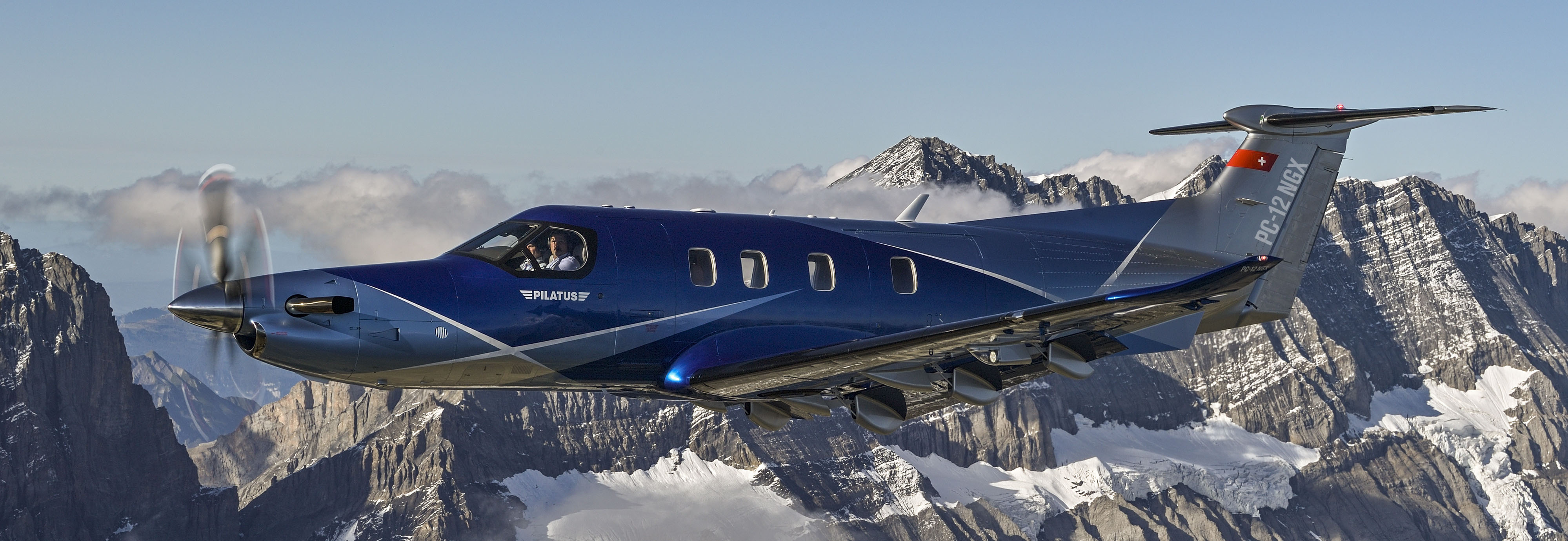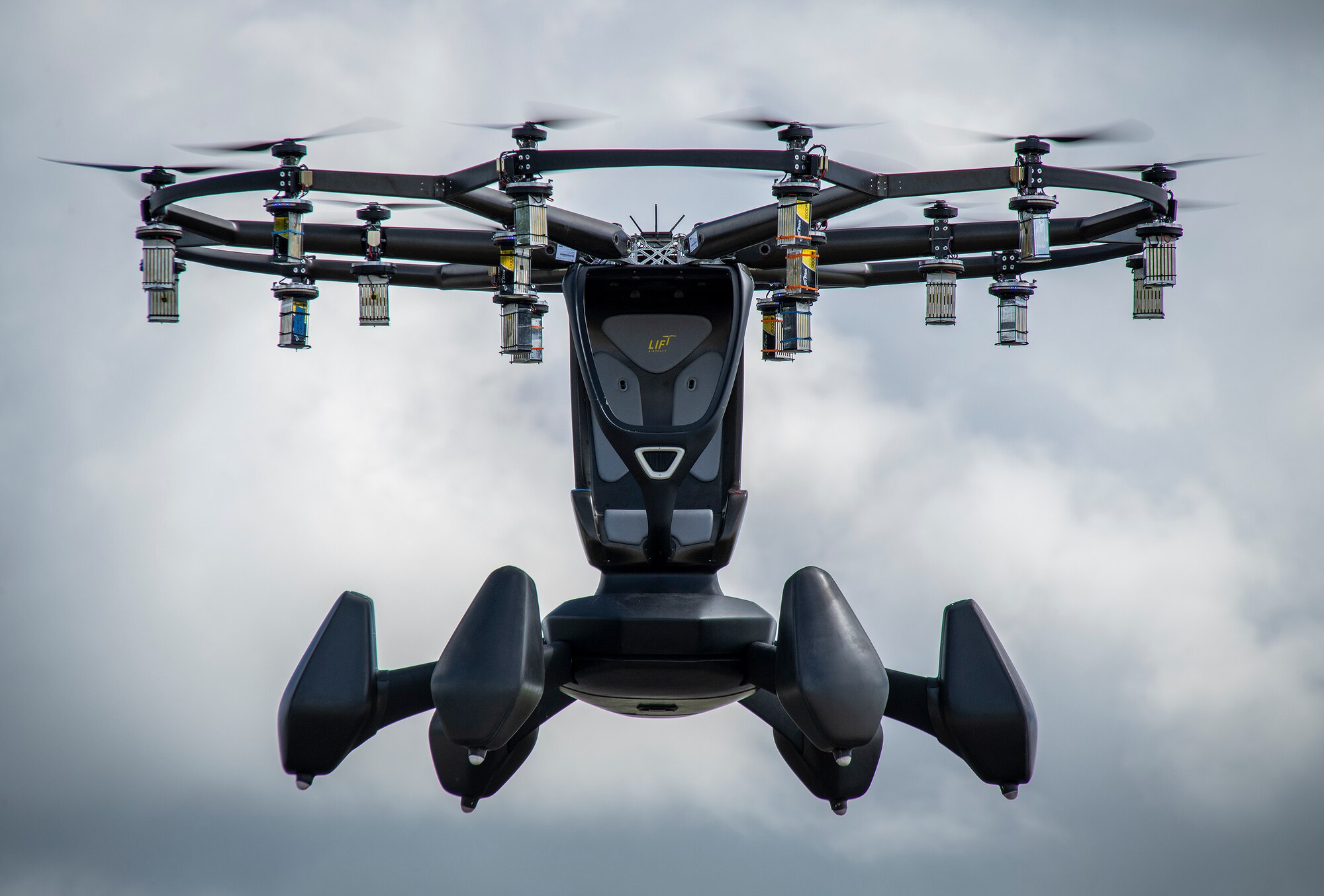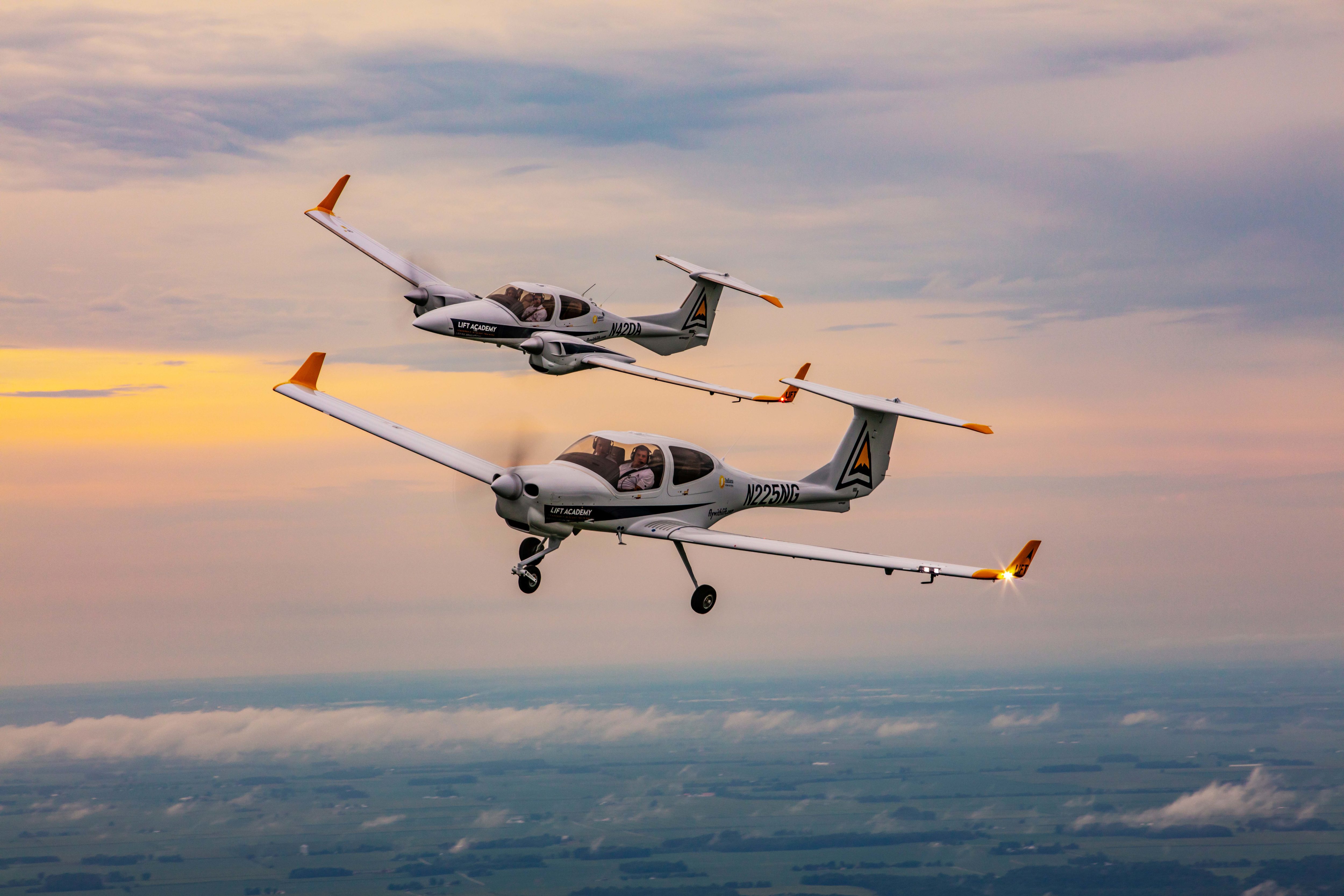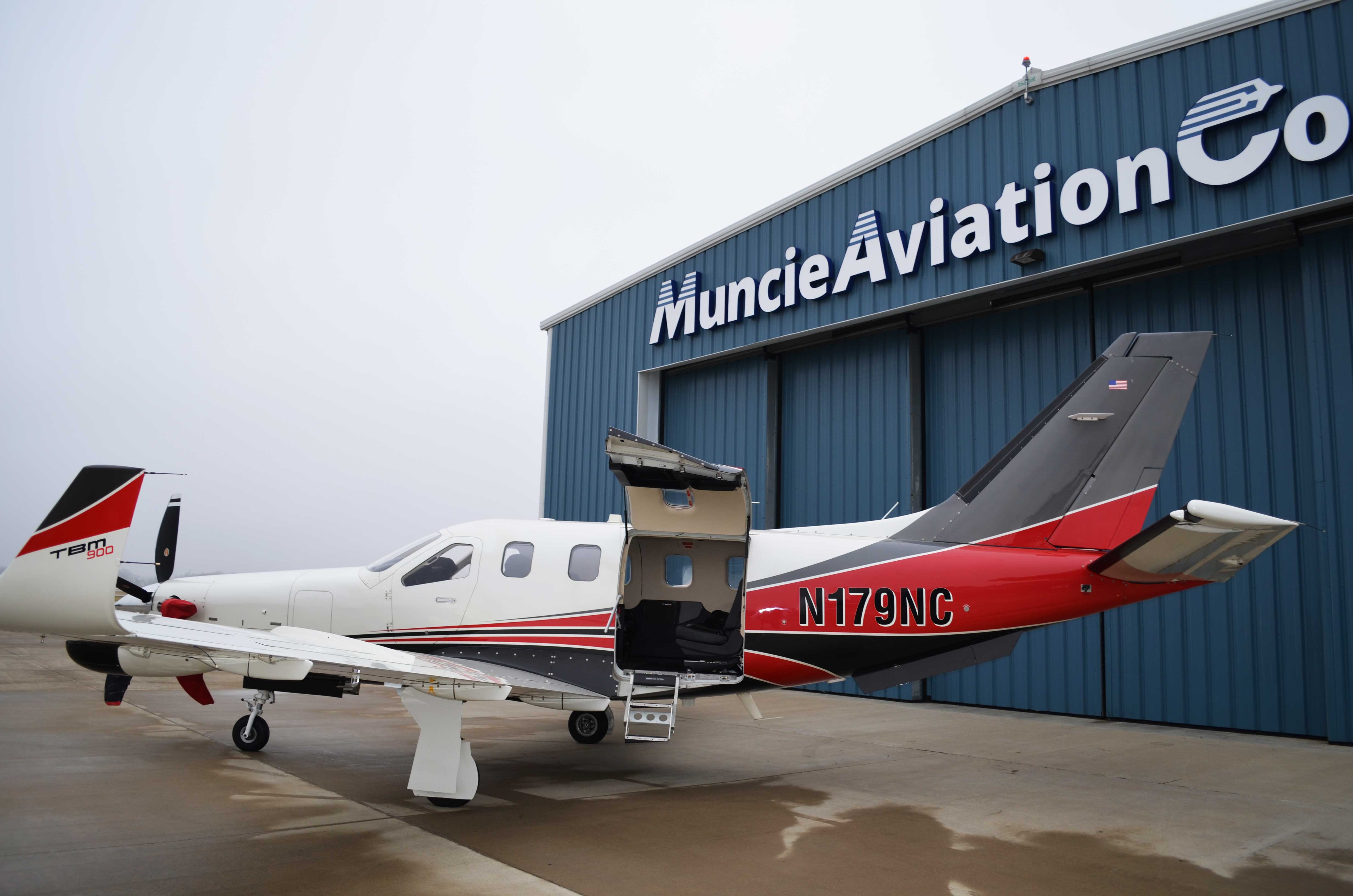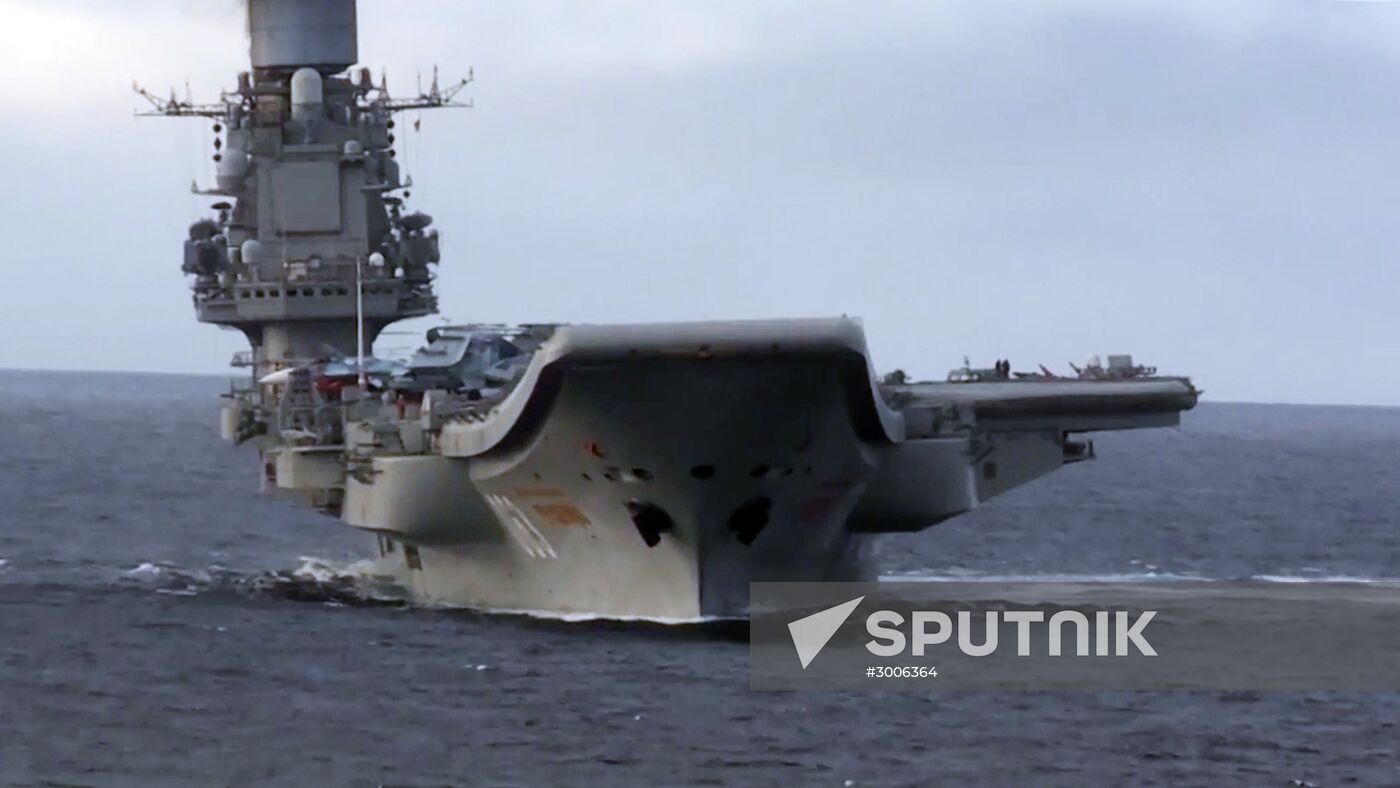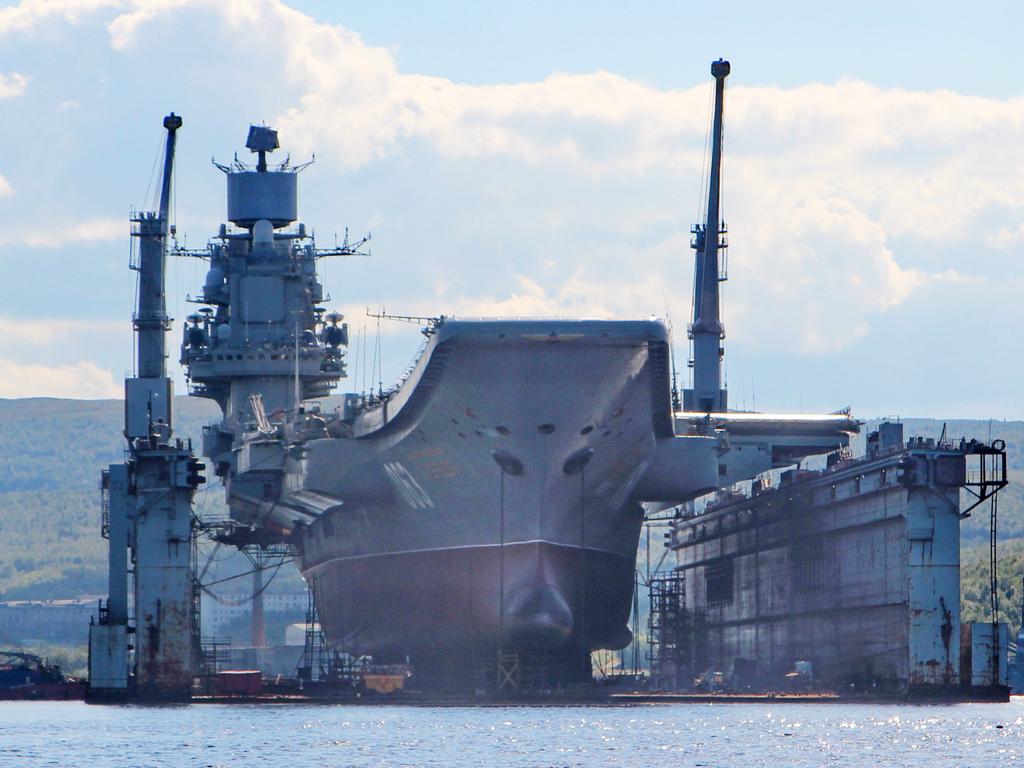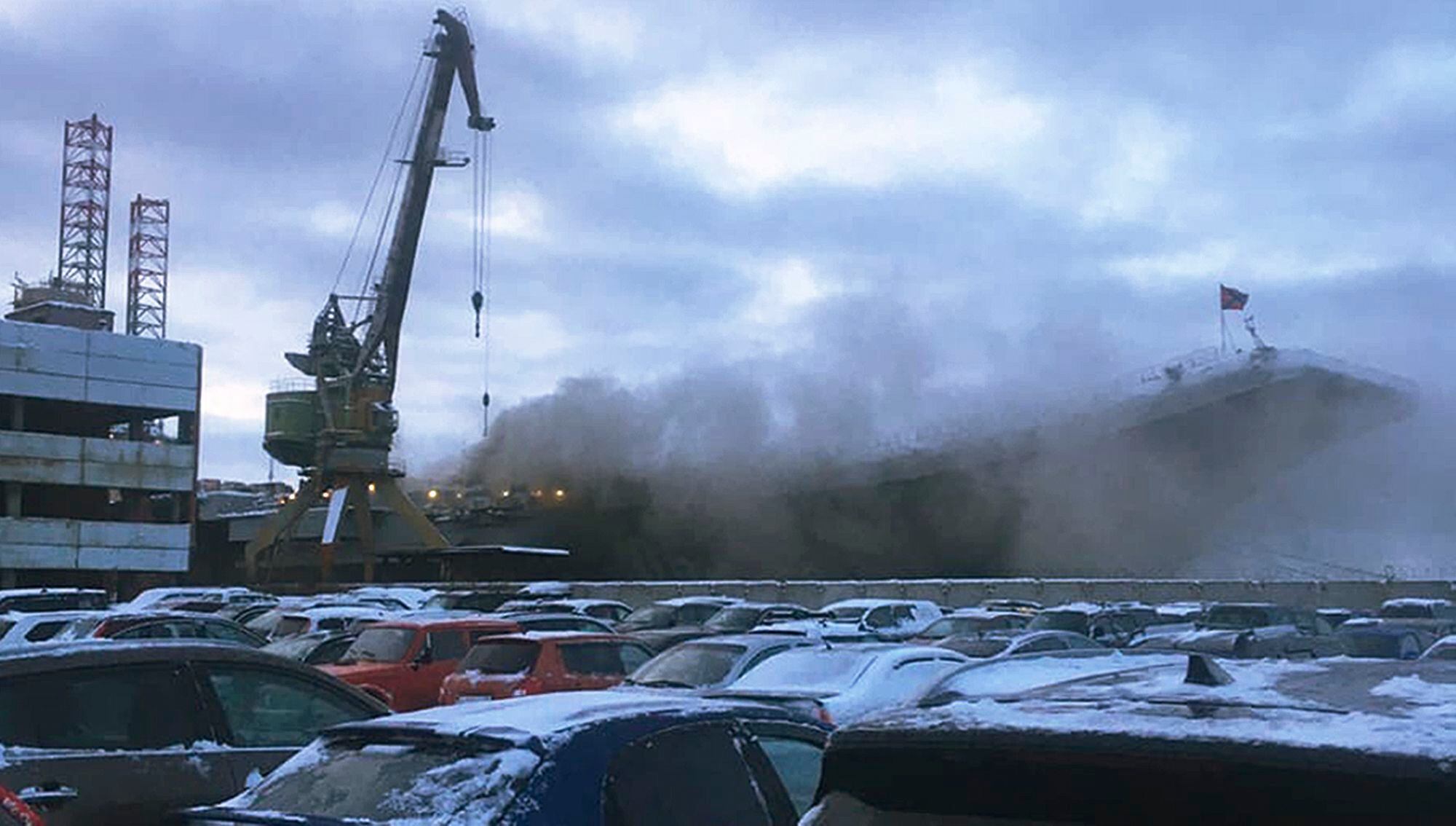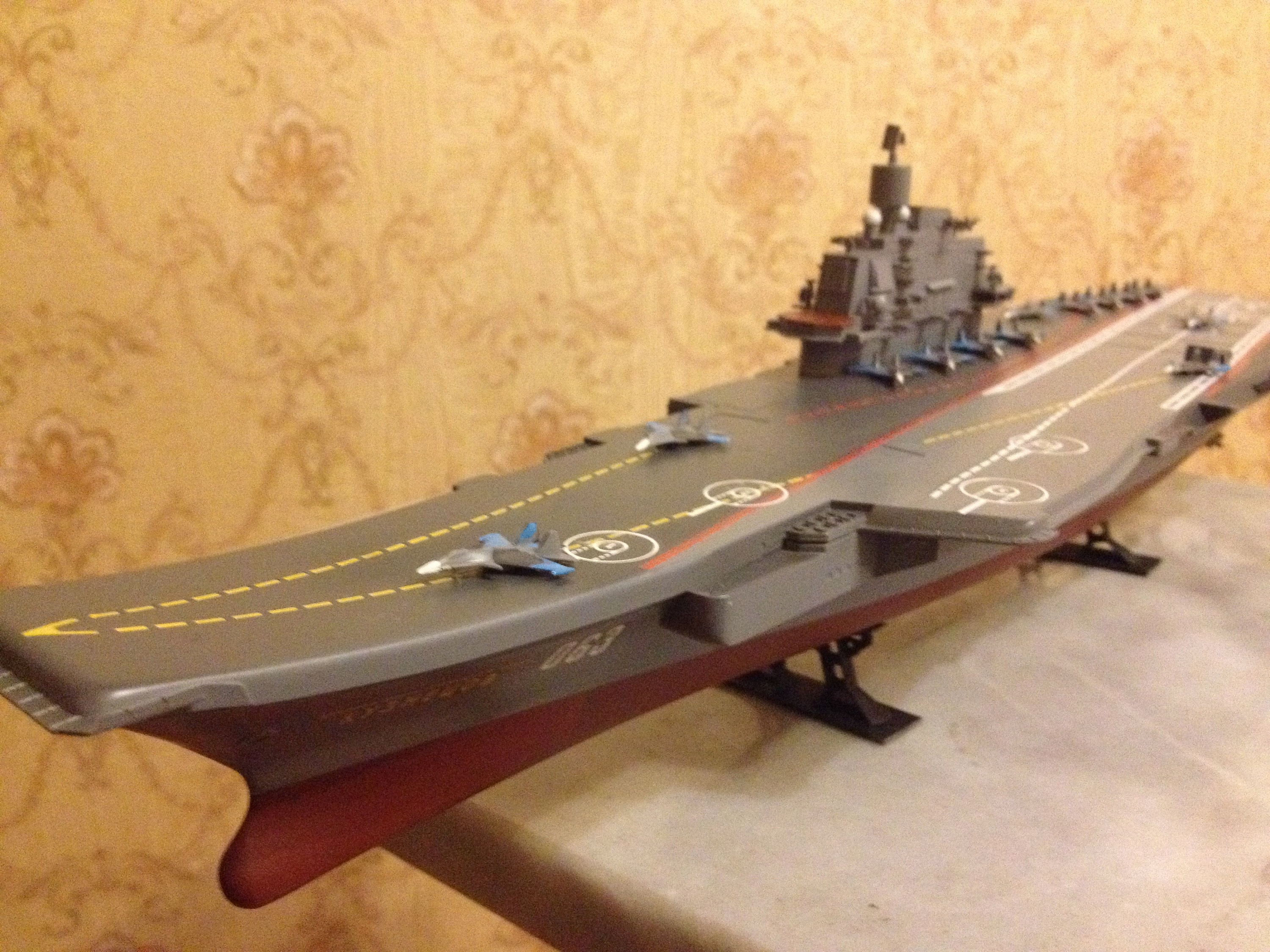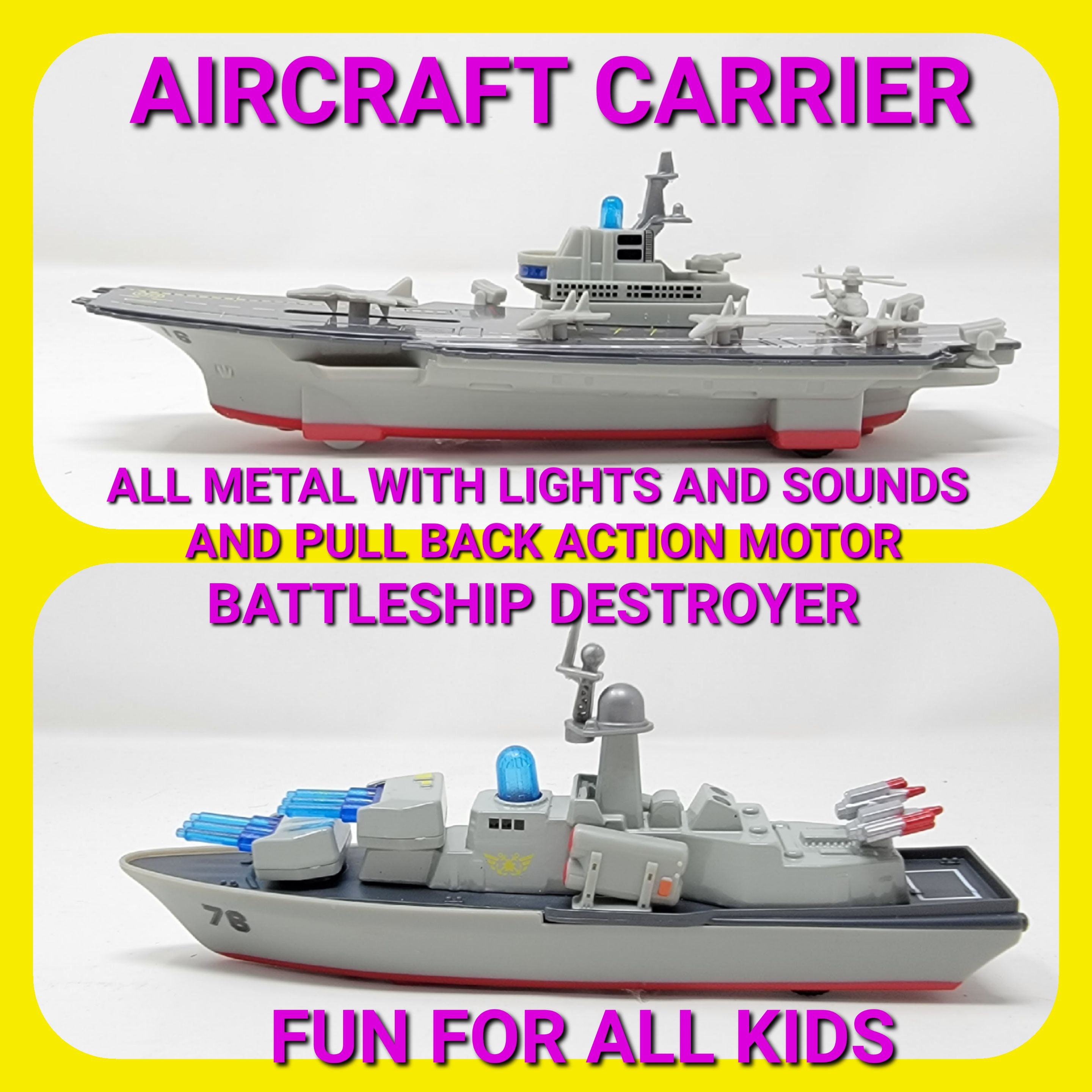Russian Aircraft Carriers - The "blue belt" was a combination of land, sea and air power that would work together to thwart U.S. carrier and submarine forces. Russia could defend the homeland while providing safe patrol areas for ballistic-missile subs performing nuclear deterrent missions.
The carrier would have carried at least 44 fighters on board—a combination of Su-33 and MiG-29 attack jets configured for carrier operations. Ulyanovsk's two steam catapults, ski-jump and four sets of arresting cables would have created a bustling flight deck.
Russian Aircraft Carriers

The "city of Koenigsberg and the area adjacent to it" (approximately one-third of East Prussia at the time) fell to Stalin. The Russian leader renamed it in 1946 in honor of Mikhail Kalinin, who had been chairman of the Presidium of the Supreme Soviet - the head of state of the Soviet Union - at the time of his death in 1946.
Post Cold War
Jared Keller is the managing editor of Task & Purpose. His writing has appeared in Aeon, the Los Angeles Review of Books, the New Republic, Pacific Standard, Smithsonian, and The Washington Post, among other publications. Contact the author here.
The Iskander missile system was first introduced to the region in 2016 and then upgraded in 2018, as part of a Russian strategy to counter Nato's deployment of an anti-ballistic missile defense shield in Europe. There have also been regular military exercises involving Russia's Baltic fleet, which is headquartered in Kaliningrad, including Zapad-21 in the autumn of 2021 and a series of war games since the invasion of Ukraine.
Kaliningrad is one of currently 46 oblasts (administrative regions) of Russia, but the only one that does not have a land border with another part of the country. The roots of the territory reach far back in history and are closely connected to the fate of East Prussia and its capital of Koenigsberg.
Founded by the Teutonic Knights in 1255, it is often associated with German militarism. But it's equally famous for the philosophers Immanuel Kant, who lived his entire life in Koenigsberg, and Hannah Arendt, who spent part of her childhood there.
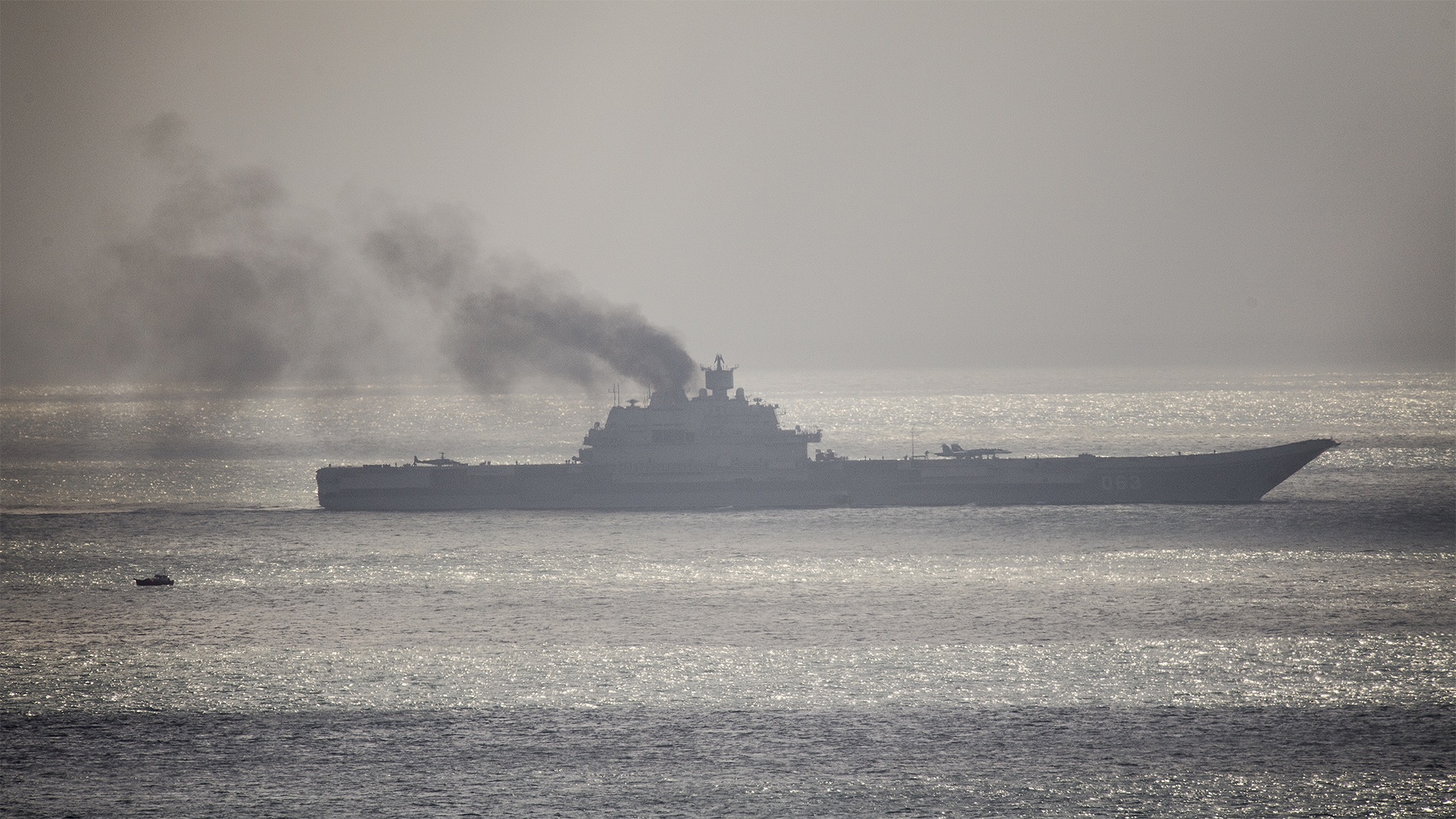
Disclosure Statement
The region recovered from its Soviet legacy after the fall of communism, benefiting from the special economic status it was granted by the Russian government in 1996 and from improving links with the EU in the years afterward.
"Those 'boomers' need to disappear for weeks at a time into safe depths," Holmes said. "Soviet supercarriers could have helped out with the air- and surface-warfare components of a blue-belt defense, chasing off U.S. Navy task forces that steamed into Eurasian waters.”
But by the mid-90s, Russian naval vessels were rusting at their moorings, sailors served without pay and the United States stepped in to help deactivate Soviet-era nuclear submarines and provide security for the Russian nuclear arsenal.
Moreover, if there was a further escalation of the war – potentially involving Russian moves against Estonia and Latvia with their relatively large ethnic Russian and Russian-speaking communities – Kaliningrad would be an important launchpad for Russian operations.
So Russian military exercises in Kaliningrad are a signal of Russian capabilities and a way of exerting more pressure on the west - just as the EU was agreeing to its sixth package of sanctions. This past week marked "the first time Bush operated directly alongside allied carrier strike groups since late November when there were five allied strike groups throughout European waters," U.S.
Navy Lt. Cmdr. Tyler Barker, a spokesman for U.S. Naval Forces Europe-Africa and the 6th Fleet, told Task & Purpose. Had she ever sailed, the Soviet supercarrier Ulyanovsk would have been a naval behemoth more than 1,000 feet long, with an 85,000-ton displacement and enough storage to carry an air group of up to 70 fixed and rotary wing aircraft.

In recent years, Kaliningrad has also seen its economic value grow as one of the nodes in the multimodal trade networks connecting Xi'an in central China through Central Asia and Russia to the European market along the New Eurasian Land Bridge corridor of the Belt and Road
Initiative. At the same time, this has made the region more vulnerable in the context of the war in Ukraine and western sanctions imposed on Russia. The carriers were taking part in NATO Vigilance Activity Neptune Strike 2023-1 (or NEST), the first such iteration of the maritime exercise this year, which saw more than 31 ships and 135 aircraft (including the new F-35 Joint Strike Fighter)
operated "in close coordination" alongside supporting units from Greece, Turkey, Croatia, Hungary, the Netherlands, and Albania, according to NATO. Once a highly inter-mixed area with a population of Germans, Poles, Lithuanians and Jews, it was ethnically cleansed of most of its German population by Stalin.
This was followed by a systematic campaign of Russification which sought to erase all traces of German heritage. The Russian Baltic Fleet has announced that it carried out a series of simulated missile strikes of its nuclear-capable Iskander system.
This is not the first time that the Russian exclave - roughly the size of Northern Ireland and wedged between Nato and EU members Poland and Lithuania - has made the headlines as part of Russia's sabre-rattling.
Photos published on the U.S. military's Defense Visual Information Distribution Service (DVIDS) last week showed the Bush streaming in formation with the Italian Navy aircraft carrier ITS Cavour and the Spanish Navy amphibious assault ship-aircraft carrier ESPS Juan Carlos I, among other warships.
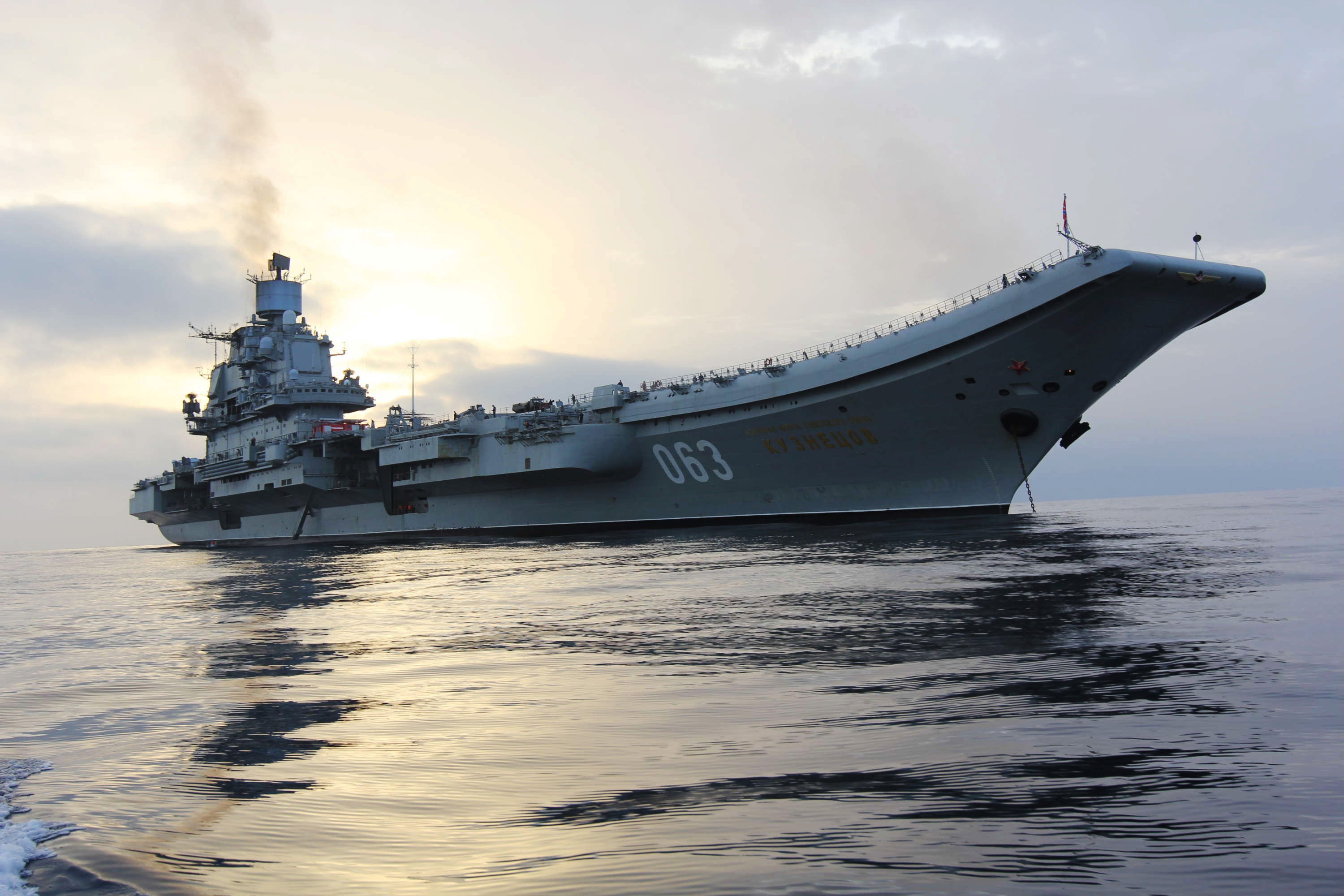
Construction took place at the Black Sea Shipyard in Ukraine—often called Nikolayev South Shipyard 444. It's an old facility, dating back to the 18th century when Prince Grigory Potemkin signed orders in 1789 authorizing new docks to repair Russian naval vessels damaged during the Russo-
Turkish War. "The security environment is uncertain; NATO's capability and will is not," said U.S. Navy Vice Adm. Thomas Ishee, commander of Naval Striking and Support Forces NATO (STRIKFORNATO) and U.S. 6th Fleet, in a statement.
"Enabled by trust, the agility, ingenuity, and tenacity demonstrated by the sailors, Marines, and airmen deter aggression and show we are ready to defend the alliance." "The Soviets weren't dumb," Holmes explained. "They wouldn't spend themselves into oblivion to keep up with the Joneses, and as a great land power, they obviously had enormous claims on their resources to fund the army and air force.
There was only so much to go around for 'luxury fleet' projects." Want more 19FortyFive military, defense, and national security, as well as politics and economics analysis from the best experts on Earth? Follow us on Google News, Flipboard, YouTube, Facebook, Twitter, and Linkedin.
Also, sign up for our newsletter. You can also find our code of publishing ethics and standards. Don't hesitate to get in touch with us with any questions. For Russia, however, Kaliningrad's main significance is military as an "unsinkable aircraft carrier".
As a military base, the region adds significantly to Russia's strategic depth and is a critical asset for Moscow in its anti-access area denial (A2AD) capabilities in the Baltic Sea, potentially undermining Nato's freedom of maneuver across the Baltic states and parts of Poland

. Such fears were actually well-founded and justified, as just two years earlier, Admiral Kuznetsov suffered a fire at sea while deployed to the Mediterranean, resulting in the death of a sailor onboard. In addition, the flattop - which had notoriously and routinely belched black smoke into the air - spilled hundreds of tons of fuel into the sea while refueling.
Stefan Wolff receives funding from the United States Institute of Peace. He is a past recipient of grants from the Economic and Social Research Council of the UK, the British Academy, the NATO Science for Peace Programme, the EU Framework Programs 6 and 7 and Horizon 2020, as well as the EU's Jean Monnet Programme.
He is a Senior Research Fellow of the Foreign Policy Center in London and Co-Coordinator of the OSCE Network of Think Tanks and Academic Institutions. In light of Russia's unprovoked aggression against Ukraine, this signal should not only be read as one of defensive intent on Moscow's part but also as a potential sign of things to come: the next missile launch from Kaliningrad may not be a simulation.
Great nations have carriers, Russia considers itself a great nation, and therefore the ship would be a symbol of national revival and destiny. In other words, a new carrier would be one more reason to forget the bad old days when the Soviet Union disintegrated.
Three NATO aircraft carriers from the United States, Italy, and Spain just wrapped up multicarrier operations in the Mediterranean Sea as part of the USS George H.W. Bush Carrier Strike Group's scheduled deployment to the U.S.
Naval Forces Europe area of operations. This current round of multicarrier operations comes just months after both the Bush and next-generation USS Gerald R. Ford aircraft carrier integrated with the French Navy's Charles de Gaulle aircraft carrier, the Cavour, and the United Kingdom's HMS Queen Elizabeth aircraft carrier for an unprecedented

five-carrier maritime exercise party back in November. "Bottom line, if you can't afford to keep the existing fleet at sea, where are you going to get the money to complete your first nuclear-powered supercarrier, a vessel that will demand even more manpower that you can't afford?
" "The level of trust developed between the U.S. and allied forces throughout our time in the theater, including past iterations of NEST and other bi- and multi-lateral operations, will pay dividends going forward," said Rear Adm.
Dennis Velez, commander of the Bush CSG. "Our national security - as well as Euro-Atlantic security - draws upon the strength of teamwork and our common purpose as allied nations." "There's also the keeping-up-with-the-Joneses aspect to carrier development," Holmes continued.
"If the U.S. is the world superpower and the U.S.S.R. wants to keep pace, then Soviet leaders want the same toys to demonstrate that they're keeping pace. It sounds childish, but there are basic human motives at work here.”
But the Ulyanovsk is a tantalizing "almost" of history. Moscow never finished the project, because it ran out of money. As the Cold War ended, Russia plunged into years of economic hardship that made building new ships impossible.
The Defense Ministry signed a contract with the USC in April 2018 for a medium overhaul and limited modernization of the Admiral Kuznetsov up to 2022. However, the carrier caught fire on December 12, 2019. Officials said the damage to a space of 500 square meters
was not critical. "The overhaul and upgrade of the Admiral Kuznetsov will be completed in the first half of 2023. The avionics, flight deck with the ski jump, electrical equipment, the power plant will be replaced.
The carrier will receive a new fully domestic takeoff and landing control system. The air power will remain the same. The carrier will have no attack weapons, it will be armed with Pantsir-M antiaircraft complex.” Like most territories in this part of Europe, wars - and the peace settlements that ended them - shaped their ethnic composition and political boundaries.
East Prussia became detached from Germany after the first world war, with the creation of the "free city" of Danzig and the establishment of the Polish corridor. It remained part of Germany, however, until the end of the second world war, when it was conquered by the Soviet Red Army in early 1945. Its partition between Poland and the Soviet Union was agreed at the Yalta conference and formalized at the final formal
meeting of the big three (Russia, the US and Britain) at Potsdam in 1945.
russian aircraft carriers in service, list of russian aircraft carriers, aircraft carrier admiral kuznetsov, russian aircraft carrier fire, russian aircraft carrier news, kuznetsov ship, soviet aircraft carriers, russian aircraft carrier admiral kuznetsov




